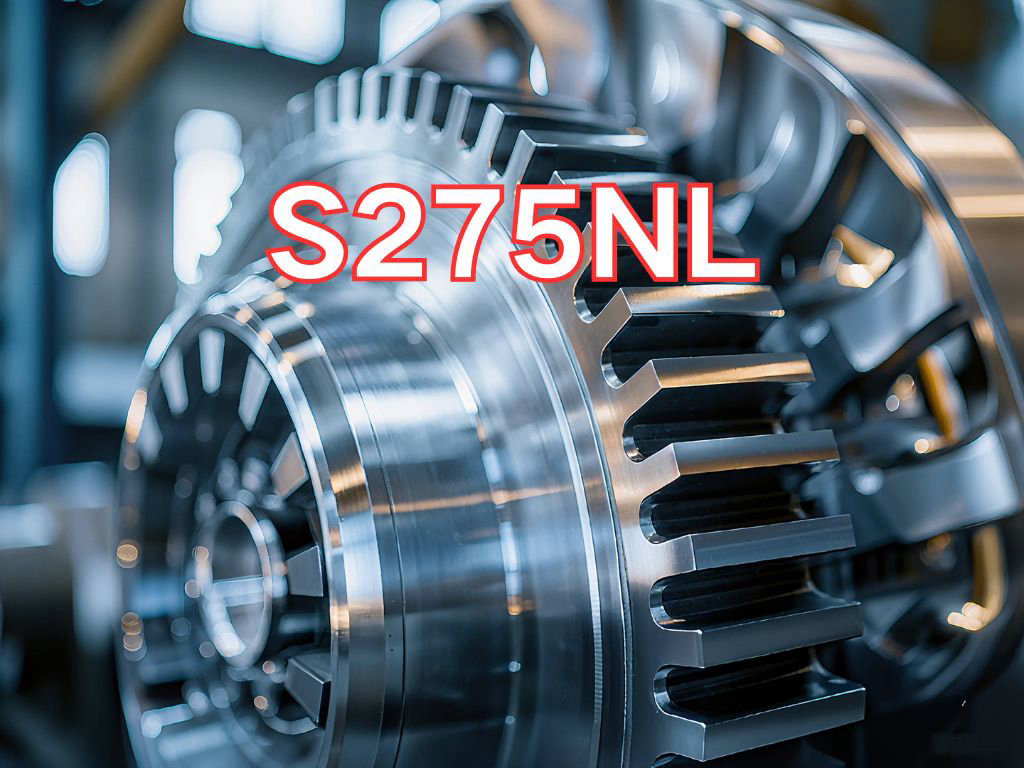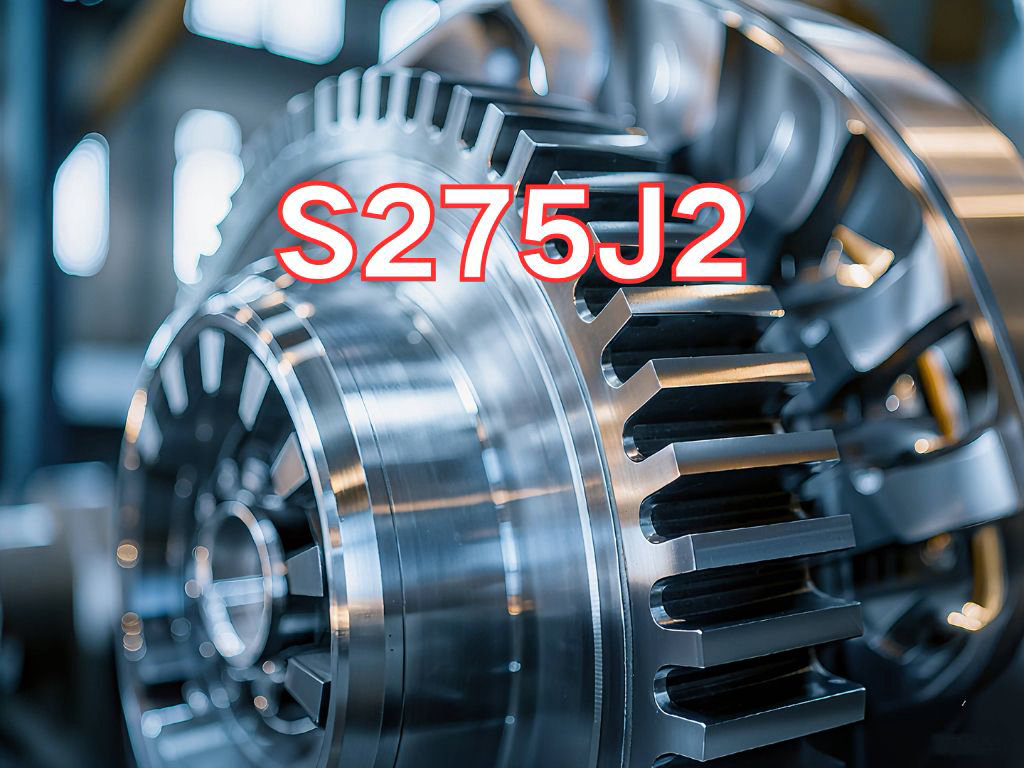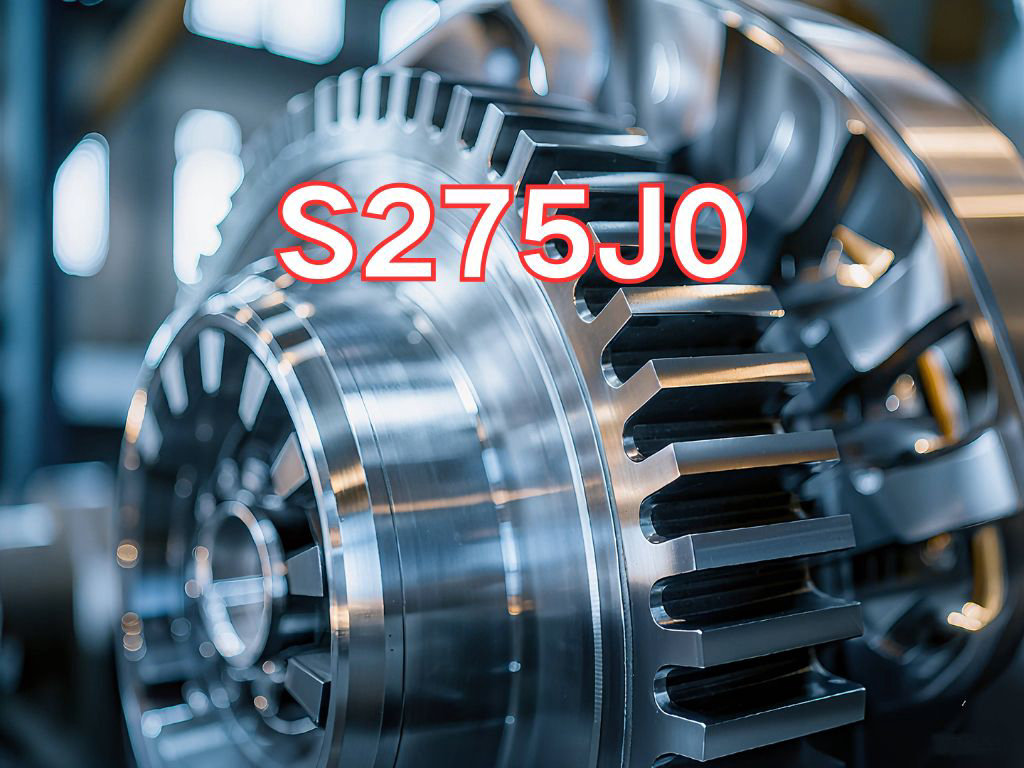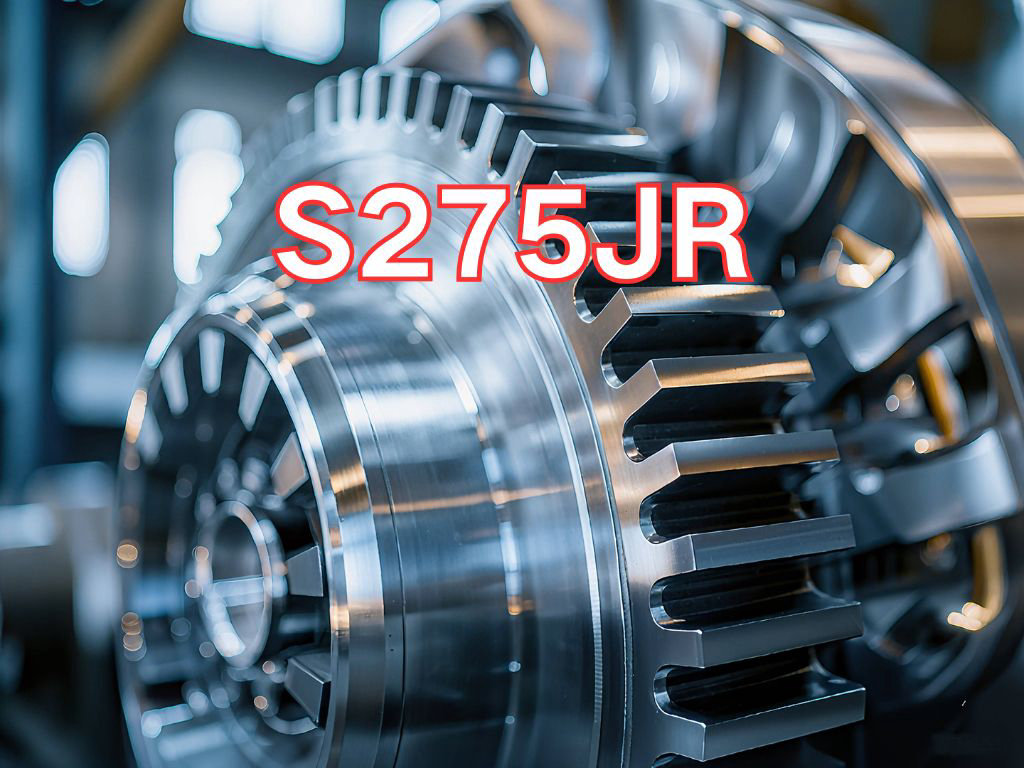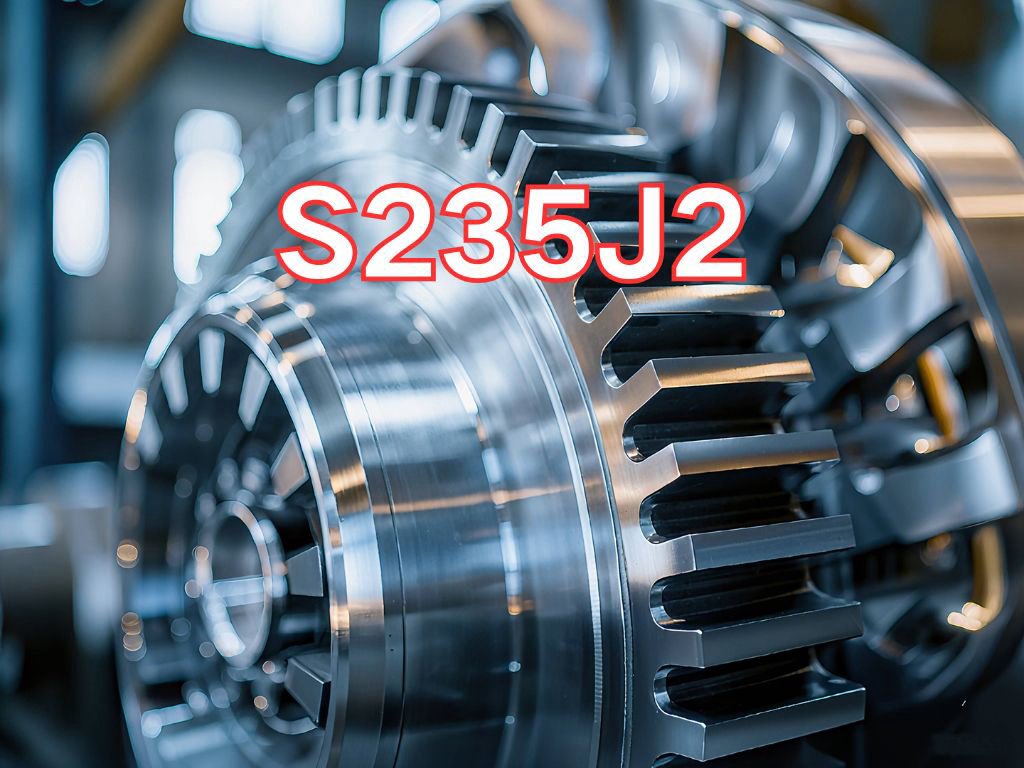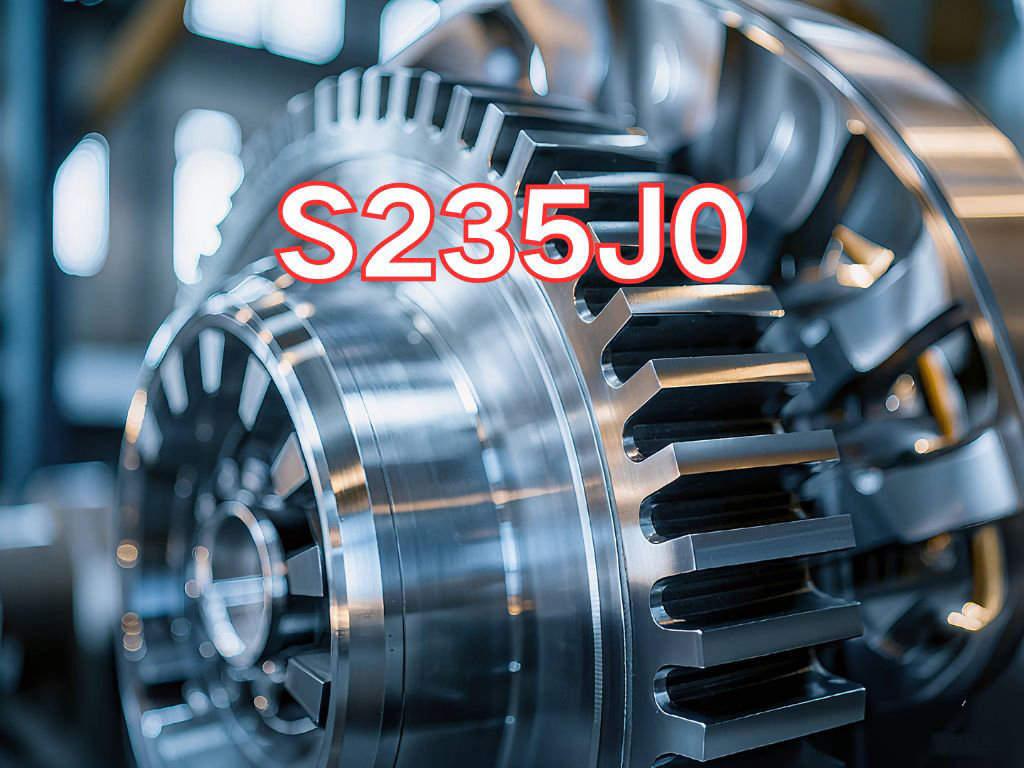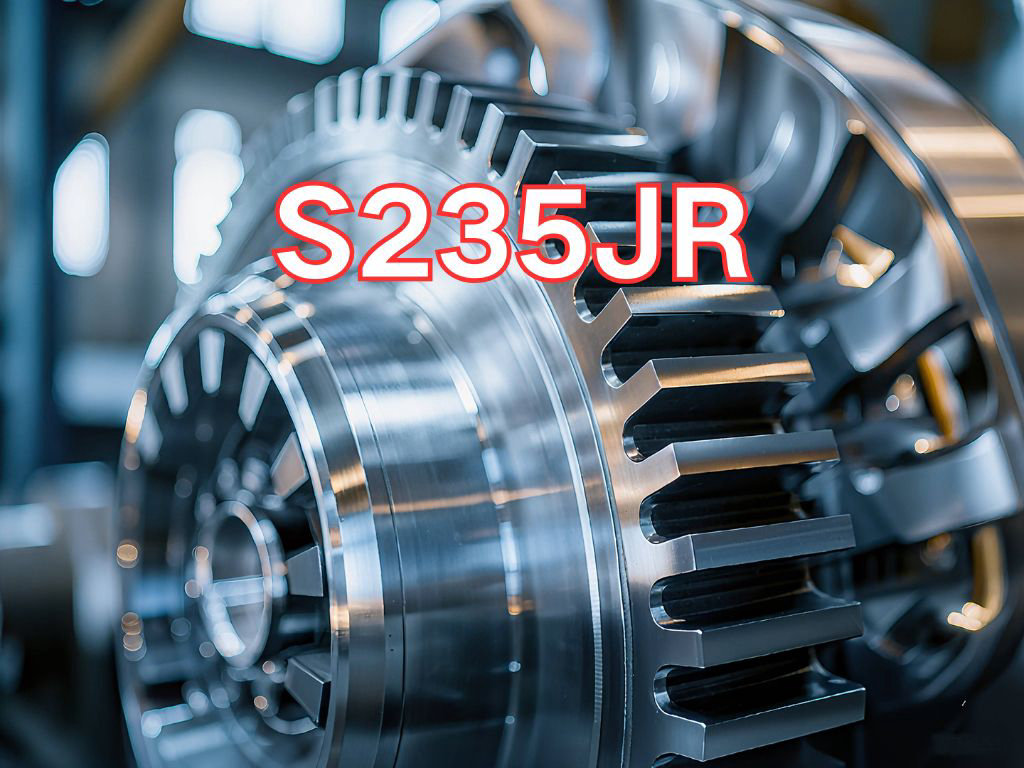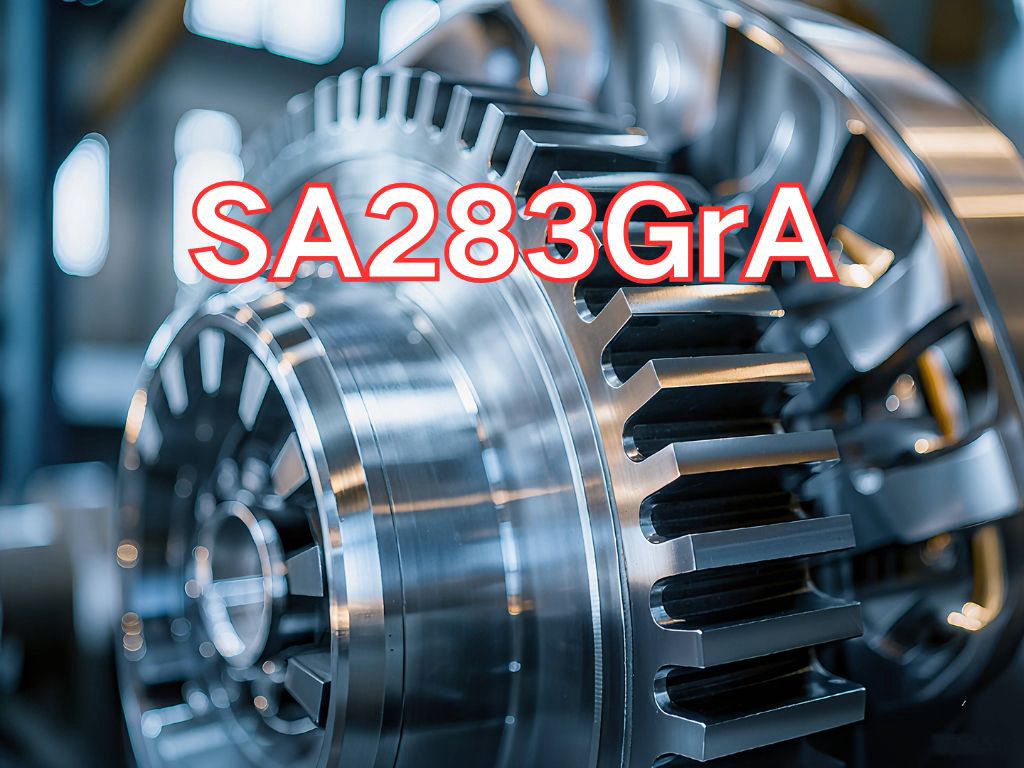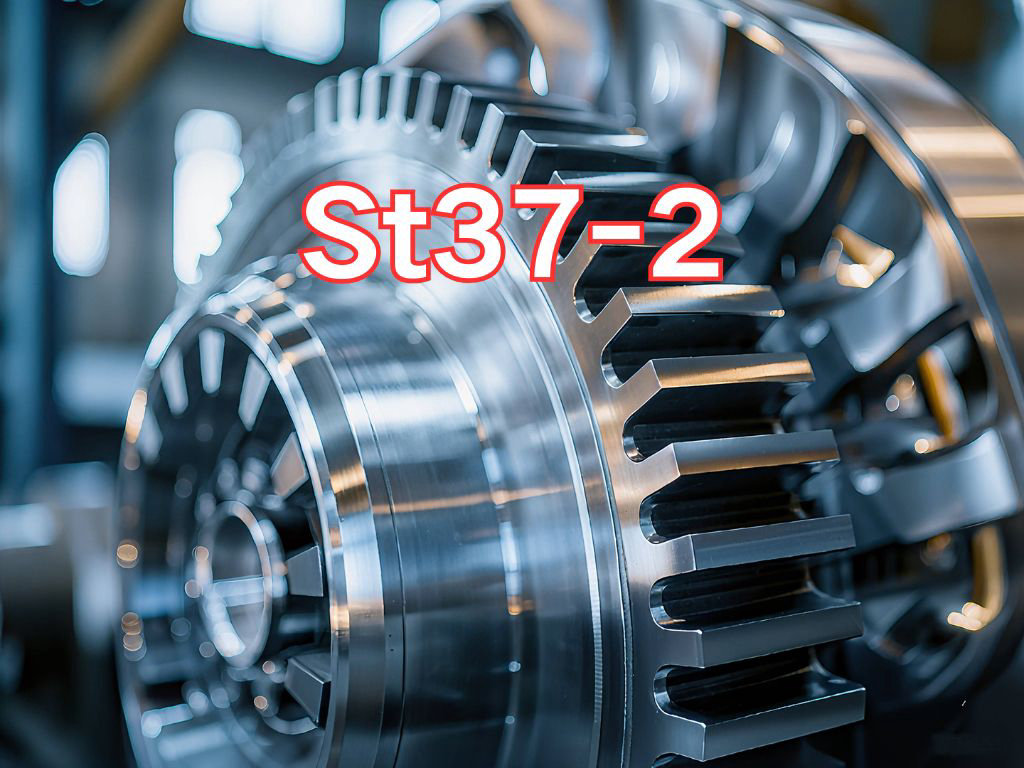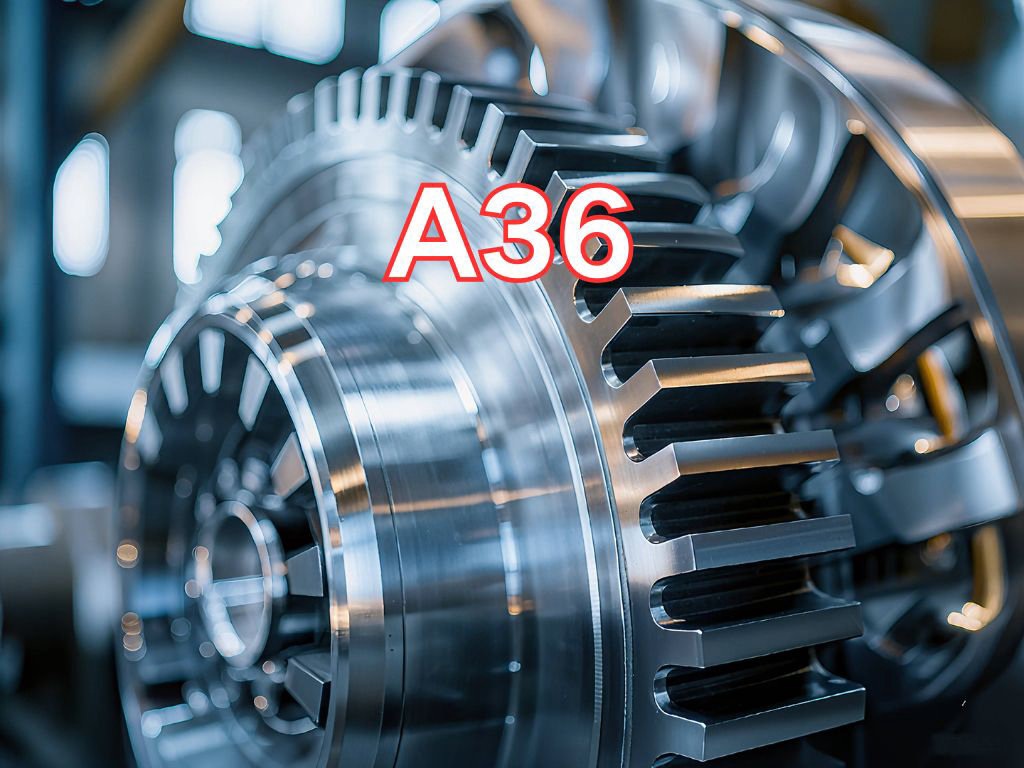

A36
A36 is a widely used carbon structural steel plate, with its designation conforming to the American Society for Testing and Materials (ASTM) standard ASTM A36/A36M-23 "Standard Specification for Carbon Structural Steel". This standard is the oldest and most extensively used structural steel specification in North America, commonly adopted not only in the United States and Canada but also globally, serving as a recognized benchmark for general-purpose structural steel in international engineering.
The designation "A36" originates from its historical background. The "A" stands for the category of "Ferrous Metals" in the ASTM system, while "36" indicates a minimum yield strength of 36 kilopounds per square inch (ksi), which converts to approximately 250 MPa. This strength level is comparable to internationally used grades such as China's Q235, Europe's S235JR, Japan's SS400 (based on a 400 MPa tensile strength but with a similar yield strength), and Australia's AS3678-250. Falling into the low-to-medium strength category, A36 is suitable for the vast majority of conventional building and engineering structures.
The primary applications of A36 steel plate are extremely broad, mainly used in the fabrication of general building structures, bridges, industrial facilities, machinery, and transportation equipment. Thanks to its reliable performance, mature manufacturing processes, and low cost, A36 has become one of the most fundamental and commonly used structural materials in infrastructure projects across North America and beyond. Typical applications include:
Construction and Civil Engineering: Beams, columns, trusses, bracing systems, and other load-bearing or non-load-bearing components in factories, warehouses, office buildings, and similar structures.
Bridge Engineering: Main girders, bridge decks, connectors, and auxiliary structures in small-to-medium-sized bridges.
Mechanical Manufacturing: Frames, bases, enclosures, conveyor frames, work platforms, and other mechanical parts with moderate strength requirements.
Transportation: Frames and body structures for ordinary trucks, trailers, agricultural machinery, and rail vehicles.
General Facilities: Shelves, fences, stairs, walkways, pipe supports, and other municipal or industrial auxiliary installations.
Its main characteristics include:
Moderate Strength: A minimum yield strength of 250 MPa and a minimum tensile strength exceeding 400 MPa provide good load capacity and structural stability.
Excellent Weldability and Workability: As a low-carbon steel, A36 has a low carbon equivalent (typically no more than 0.29%), offering outstanding weldability. It can be welded using various methods (e.g., shielded metal arc welding, gas metal arc welding) without requiring preheating or post-weld heat treatment, and is resistant to cracking.
Good Ductility and Toughness: A36 exhibits high elongation and good room-temperature impact toughness, enabling it to absorb energy and accommodate structural deformation and dynamic loads.
High Cost-Effectiveness: With mature production processes and low material costs, it is one of the most economical structural steels available.
Wide Applicability: As a globally recognized "benchmark steel," A36 offers exceptional versatility and interchangeability in design, procurement, and construction.

Ultrasonic Testing (UT)
A key non-destructive testing technique that uses high-frequency sound waves to detect internal flaws in steel plates. The probe emits sound waves, which reflect when encountering defects such as cracks or inclusions. The receiver captures the echoes, enabling precise determination of defect location and size. With high sensitivity, strong penetration, and fast inspection speed, UT effectively ensures internal quality, widely used in the production of heavy plates, pressure vessel plates, and other high-end products to guarantee safety and reliability.

Magnetic Particle Testing (MT)
A common surface inspection method that magnetizes the workpiece, causing leakage magnetic fields at surface or near-surface defects like cracks or inclusions, which attract magnetic particles to form visible indications. Simple to operate and highly sensitive, MT is suitable for rapid inspection of surface and near-surface flaws in ferromagnetic materials, widely used for online or offline inspection of plate edges, ends, and welds, ensuring product quality and safety.

Penetrant Testing (PT)
A non-destructive method for detecting surface-breaking flaws. A penetrant liquid is applied to the cleaned steel surface, allowing it to seep into defects such as cracks or pores. After removing excess penetrant, a developer is applied, causing the trapped penetrant to bleed out and form visible indications. Simple and cost-effective, PT is suitable for inspecting surface defects in various non-porous materials, commonly used for welds, castings, and complex components, effectively ensuring surface quality of steel plates.


